
WEBSep 1, 2023 · What Is the Process of Manufacturing Iron Ore Pellets? Pellets are formed using a method called Pellitizing. In this method, finely powdered grains of iron ore are converted into balls. These balls usually have a proportion (8mm to 20mm) that is strictly adhered to during the manufacturing process.
WhatsApp: +86 18203695377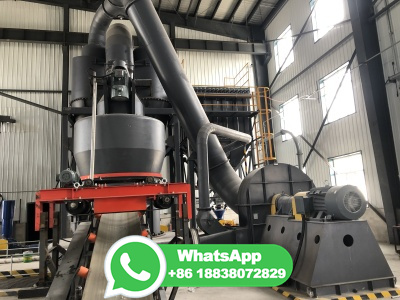
WEBMay 1, 2022 · Owing to the increasing steel demand, iron ore pellets production has significantly expanded in recent years [3,4]. There are three main processes to produce iron ore pellets, including the gratekiln process, the shaft furnace process, and the straight grate process [5,6]. The most widely used industrial process for pellet .
WhatsApp: +86 18203695377
WEBSlag formation in the gratekiln process is a major problem for ironore pellet producers. It is therefore important to understand the slag formation mechanism in the gratekiln production plant. This study initiated the investigation by in situ sampling and identifying particles in the flue gas from a fullscale 40 MW gratekiln production plant for ironore .
WhatsApp: +86 18203695377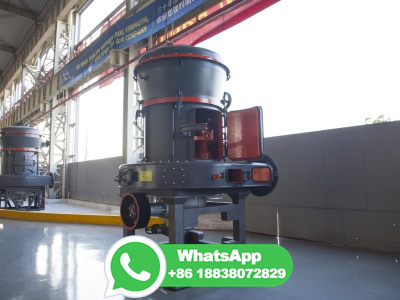
WEBOct 26, 2023 · Design and development of improved sintering and pelletizing processes. Lumpy iron ores are extensively used in the production of steel all around the world. Highgrade lumpy ores are on the verge of extinction, which necessitates the utilization of mineral processing techniques to enrich the iron values to the desired level.
WhatsApp: +86 18203695377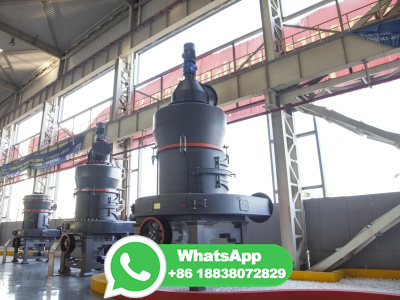
WEBNov 15, 2023 · Figure 2: Ratios of pell ets produced by different. pelletizing processes in China in 2000 and 201 1. T ab le 1: Main producers of iron ore pellets in. the w orld between 2010 and 2012 (Mt per ...
WhatsApp: +86 18203695377
WEBJan 1, 2022 · In 2020, Vale's total production of iron ore pellets was Mt, including production from Vale's pellet operations in Oman (Source: Vale, 2020 Annual Report). Table ... the processing plants for the V–Ti magnetite ores separate the primary process stream into separate streams for subsequent extraction of iron and .
WhatsApp: +86 18203695377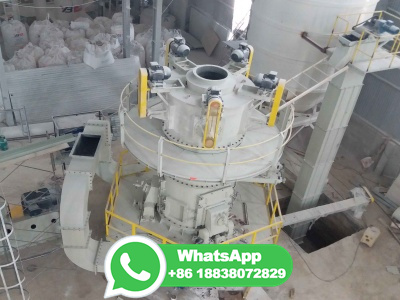
WEBThe present production capacity of pelletization in eastern region is MMT, ... The various steps of occupational health assessment of hazardous process in an iron ore pelletizing industry are as follows: Process description. The concentrate slurry is received at pellet plant and stored in slurry tanks [Figure 5]. The concentrate slurry is ...
WhatsApp: +86 18203695377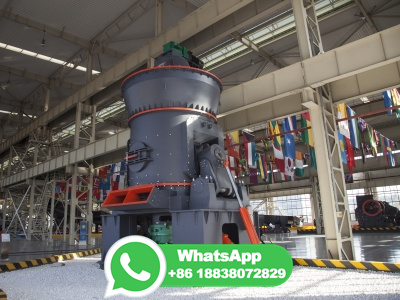
WEBJul 11, 2018 · The iron ore production has significantly expanded in recent years, owing to increasing steel demands in developing countries. However, the content of iron in ore deposits has deteriorated and lowgrade iron ore has been processed. The fines resulting from the concentration process must be agglomerated for use in iron and steelmaking. .
WhatsApp: +86 18203695377
WEBAug 17, 2021 · The depositforming problem is one of the main bottlenecks restricting the yield and production benefit of iron ore pellets produced by coalfired rotary kilns. In order to implement measures to ensure the efficient production of pellets by coalfired rotary kilns, the mechanism and influencing factors on the deposit formation were reviewed.
WhatsApp: +86 18203695377
WEBJul 2, 2022 · As part of efforts to reduce anthropogenic CO2 emissions by the steelmaking industry, this study investigated the direct reduction of industrially produced hematite pellets with H2 using the Doehlert experimental design to evaluate the effect of pellet diameter (– mm), porosity (–), and temperature (600–1200°C). A .
WhatsApp: +86 18203695377
WEBIron ore is the source of primary iron for the world's iron and steel industries. It is therefore essential for the production of steel, which in turn is essential to maintain a strong industrial base. Almost all (98%) iron ore is used in steelmaking. Iron ore is mined in about 50 countries. The seven largest of these producing countries ...
WhatsApp: +86 18203695377
WEBJan 1, 2018 · The bonding phases of deposits for fluxed pellets had higher CaO and Fe 2 O 3 contents than acidic iron ore pellets. For the deposit samples from iron ore fluxed pellet production, the area of bonding phases in the phase diagram of CaOAl 2 O 3SiO 25wt%MgO moved to the higher CaO part, which had a lower liquid temperature. The .
WhatsApp: +86 18203695377
WEBSupplying iron ore for over 50 years. Ferrexpo plc is the third largest exporter of iron ore pellets in the world, with high grade iron ore pellets enabling Ferrexpo's steel producing customers to reduce carbon emissions by 40% 1. Click the video below for how the Group generates value for stakeholders.
WhatsApp: +86 18203695377
WEBDec 31, 2015 · Conclusions. A brief introduction to recent progress in iron ore pelletizing has been provided in. this chapter, including the world output of fired pellets, the pellet production pro ...
WhatsApp: +86 18203695377
WEBJan 1, 2015 · The BF uses sinter, pellet, and lump ore as the ironbearing raw materials and coke and pulverized coal as reducing agents to produce hot metal with consistent quality for the BOS process. ... one of the two main types of alternative ironmaking processes commercially available. The DR process involves the production of solid .
WhatsApp: +86 18203695377
WEBMar 21, 2015 · Understanding Pellets and Pellet Plant Operations. Pelletizing is an agglomeration process which converts very fine grained iron ore into balls of a certain diameter range (normally 8mm to 20 mm, also known as pellets. These pellets are suitable for blast furnace and direct reduction processes.
WhatsApp: +86 18203695377
WEBMar 16, 2013 · Iron ore is used mostly in pellet and/or lumpy form. Oxygen (O2) is removed from the iron ore by chemical reactions based on H2 and CO for the production of highly metalized DRI. In the direct reduction process, the solid metallic iron (Fe) is obtained directly from solid iron ore without subjecting the ore or the metal to fusion.
WhatsApp: +86 18203695377
WEBMar 1, 2014 · Palm kernel shell (PKS) waste serves as energy and source of CO and H 2 for iron ore reduction process. PKS content and reduction temperature significantly influenced the reduction rate of PKS–iron ore composite pellet. Iron oxide in iron ore–30 mass% PKS composite pellet can be transformed into magnetite and partially to wustite .
WhatsApp: +86 18203695377
WEBDec 25, 2021 · The iron orebiomass pellet composite is formed with an iron orebiomass ratio of 7:3 by mass, and the binder used is 9% of the mixture. After mixed ingredients are
WhatsApp: +86 18203695377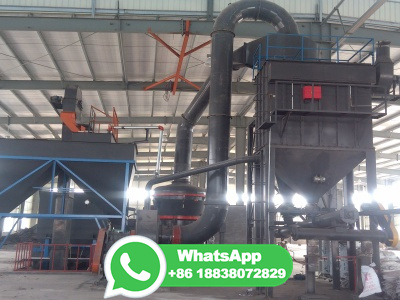
WEBMar 29, 2012 · Grate process is an important step in gratekiln pellet production. However, as a relatively closed system, the process on grate is inaccessible to direct detection, therefore, it is hard to control. As a result, mathematical models of temperature distribution, moisture distribution and oxidation degree distribution in pellet bed, with .
WhatsApp: +86 18203695377
WEBDec 1, 2023 · Iron ore pellets are integral to the production of steel – a modern metal which is the backbone of growth and development. Everything we see around us from skyscrapers, bridges, modes of transportation, workplaces, homes and almost every structure is primarily built using steel.
WhatsApp: +86 18203695377